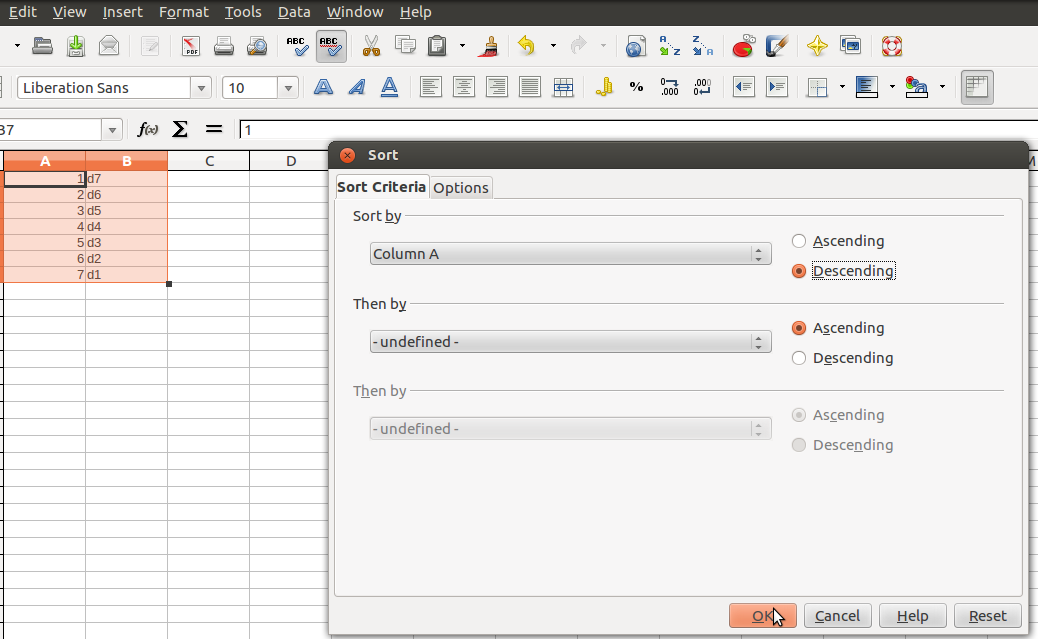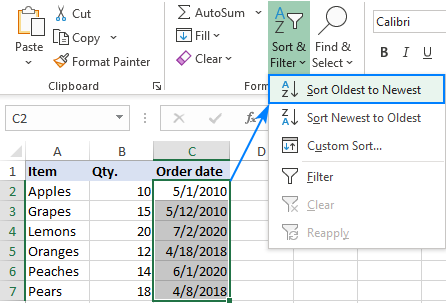

- #How to sort multiple columns in excel in sequence how to#
- #How to sort multiple columns in excel in sequence full#
#How to sort multiple columns in excel in sequence how to#
Example 4 – Using SORT to return a top 5 and specific columnsĮxample 4 shows how to create a top 5 and select which specific columns to return. New records added are automatically added to the spill range of the function. In this example, the SORT function is using an Excel table as its source data array. The animation below shows how the SORT function responds when linked to an Excel table. Example 3 – SORT expands automatically when linked to a table The -1 in this formula denotes the data sorts in descending order. The formula above is sorting by the 2nd column of the array. The second argument in the SORT function is the sort_index. The formula in cell G3 is: =SORT(B3:E10,2,-1) Example 2 – SORT by another column in descending orderĮxample 2 shows how to sort by the second column in descending order. As the second, third, and fourth arguments have been excluded, the default has been applied for each of them, sorting by the first column, in ascending order with data organized in rows. This single formula is returning eight rows and four columns of data.
#How to sort multiple columns in excel in sequence full#
In this example, a single formula sorts the values in the first column and returns the full range of cells provided by the array argument.

Example 1 – SORT returns an array of rows and columns The following examples illustrate how to use the SORT function.



 0 kommentar(er)
0 kommentar(er)
